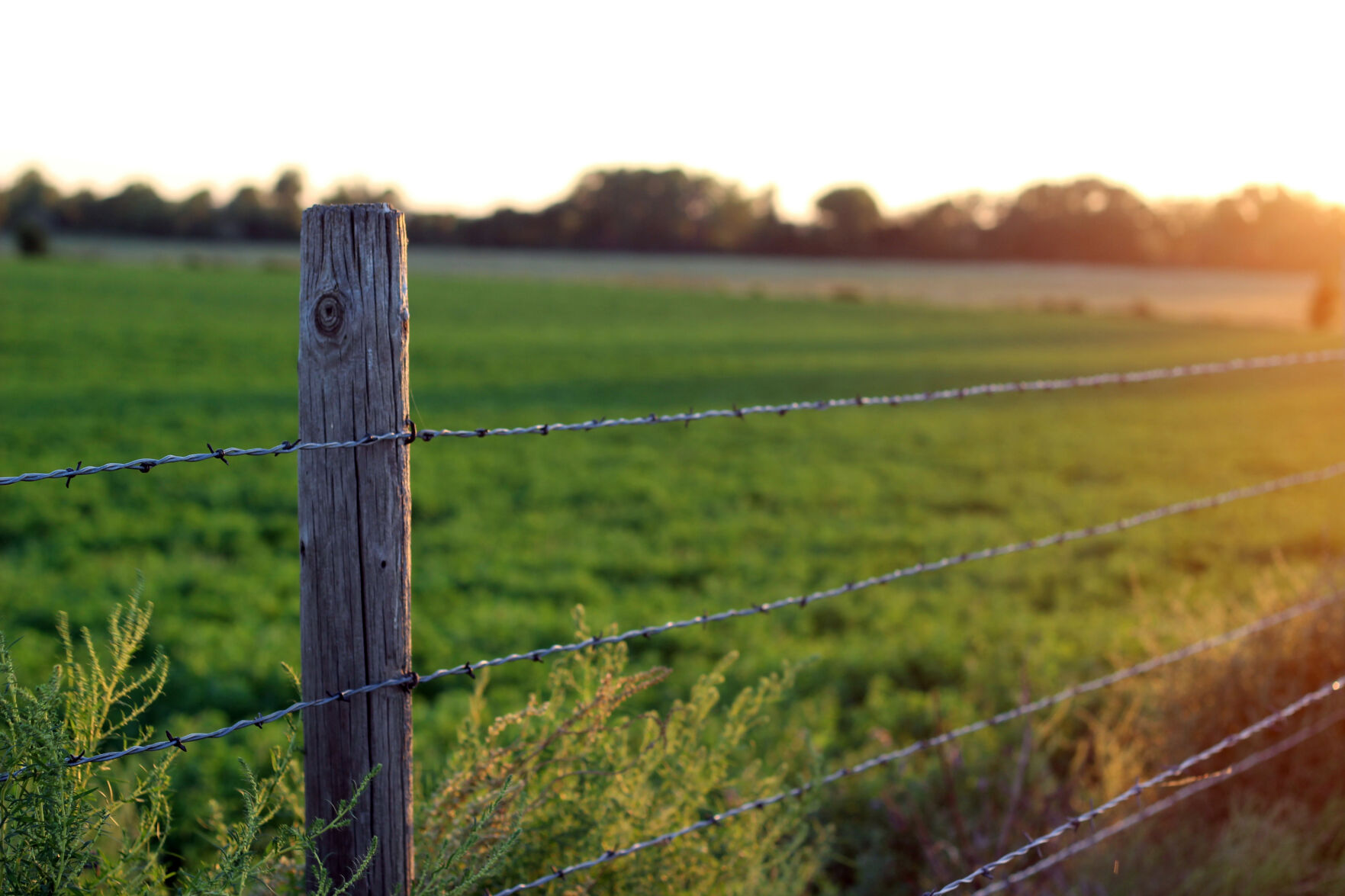As farmers and ranchers continue to strive for dynamic options in forage production, many across Texas, Georgia, Oklahoma and South Carolina are discovering alfalfa can be the Robin to bermudagrass’s Batman. John Jennings, professor and forage specialist at the University of Arkansas, said planting alfalfa into existing bermudagrass could be a productive, versatile and low-risk option.
“If you don’t get a stand of alfalfa, you still have your stand of bermudagrass,” Jennings said. “If you have some high phosphorus and potassium soils from historic poultry litter or manure applications, it’s a low-fertilizer-cost-situation. Also if you have a high-phosphorus soil, growing alfalfa in bermudagrass can reduce that over time, because alfalfa will remove more phosphorus than most other forages.”
Incorporating alfalfa has the added benefit of growing a source of nitrogen that benefits other crops, such as bermudagrass. Additionally, some cooperative Extension services state alfalfa and bermudagrass result in forage that has 30 to 40 or more relative feed points than bermudagrass alone and studies have proven cattle gains can increase on this forage combination. Furthermore, the bermudagrass element could help alfalfa forage dry faster, retain more leaves, and minimize ash matter from soil contamination. Also, when the alfalfa dies out in several years, bermudagrass will most likely be viable to reclaim the area. Jennings said studies have also shown replacing synthetic nitrogen with clovers or alfalfa in bermudagrass pastures can increase stand counts by up to 50% by interseeding the crops.
“Those plants do spreads, they increase in size, you get more stands per square foot and that increases your stand count over time,” he explained.
A dynamic duo
One concern when intercropping alfalfa with bermudagrass is providing the alfalfa with the proper conditions to thrive—site selection and soil fertility are critical for alfalfa establishment.
“Alfalfa is one of those crops you really can’t catch up on, so if you start out with a thin stand because of low fertility, you’ll always have a thin stand,” Jennings said. “With good establishment, you can make a stand last quite a few years.”
Growers should think ahead and determine the goals for this dual forage prior to planting. According to Jennings, the seeding rates for planting alfalfa in bermudagrass sod should be between 20 pounds per acre to 30 pounds per acre. With alfalfa planting, Jennings said to shoot for right at the surface to a one-fourth of an inch in depth.
“You certainly don’t want to go deeper than one-half inch,” he explained. “That alfalfa seed is really tiny and if you go any deeper than a half inch, you won’t see good establishment because the seed just runs out of energy before it can get the cotyledons above the surface.”
When managing this pair of forages, growers must be cognizant of curbing bermudagrass so it does not dominate the alfalfa. Jennings said the only way the bermudagrass can really take over is if the alfalfa becomes too thin. He said some producers in Georgia are planting alfalfa in 14- to 20-inch rows, and letting the bermudagrass fill in between to give them a mixed-annual forage.
“That can be an advantage if you want the grass in there, but it also allows the bermudagrass to become more competitive with the alfalfa and makes it difficult to maintain a stand,” he said.
One reason this forage pairing has the potential to be successful is that alfalfa is planted in the spring or fall and usually has enough of a head start to shade bermudagrass, keeping it under control.
“Bermudagrass is not tolerant of shade, and if you get a good stand and it takes off before the bermudagrass breaks dormancy, it stunts it back,” Jennings said. “We cut the alfalfa for hay and the bermudagrass does not have time to recover before the alfalfa grows back again and the cycle just repeats itself.”
In a study from U of A, a bermudagrass pasture was intercropped with alfalfa and was harvested for the first cutting of hay and grazed for the remainder of the season. Jennings said when they calculated the number of cows, their size, their estimated intake and the number of grazings they got, plus the first hay harvest, the total yield came out to be about seven plus tons per acre in the first growing season. Applying a 100% grazing system is also effective, however growers must be mindful of overgrazing.
“In a grazing system, the stand is open longer because it takes a little bit longer for animals to graze it out, so the bermudagrass is more competitive in that situation,” Jennings said. “Bermudagrass survival is adequate to fill spaces at lower alfalfa plant densities. That helps maintain and stabilize yields over time.”
For grazing, the minimum stubble height for alfalfa needs to be about three to four inches to prevent damage and stocking density is critical for managing appropriate stubble height.
“You need stock to take it off somewhat like a hay crop and try to graze that section down within three to four days and then rotate them off,” Jennings said. “If they’re on there for a long period of time, the alfalfa will be trying to grow back, they’ll eat the new tender growth off and that weakens the alfalfa over time and makes the bermudagrass more competitive and you’ll drive your stand out pretty quick.”
Although the partnership of alfalfa and bermudagrass cannot aid in fighting crime for the city of Gotham, they can work together to produce a mutually beneficial forage to which Robin would reply, “holy companion planting, Batman!”
Lacey Newlin can be reached at 620-227-1871 or [email protected].



